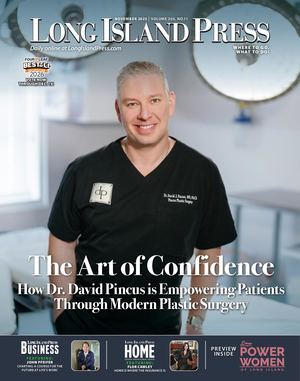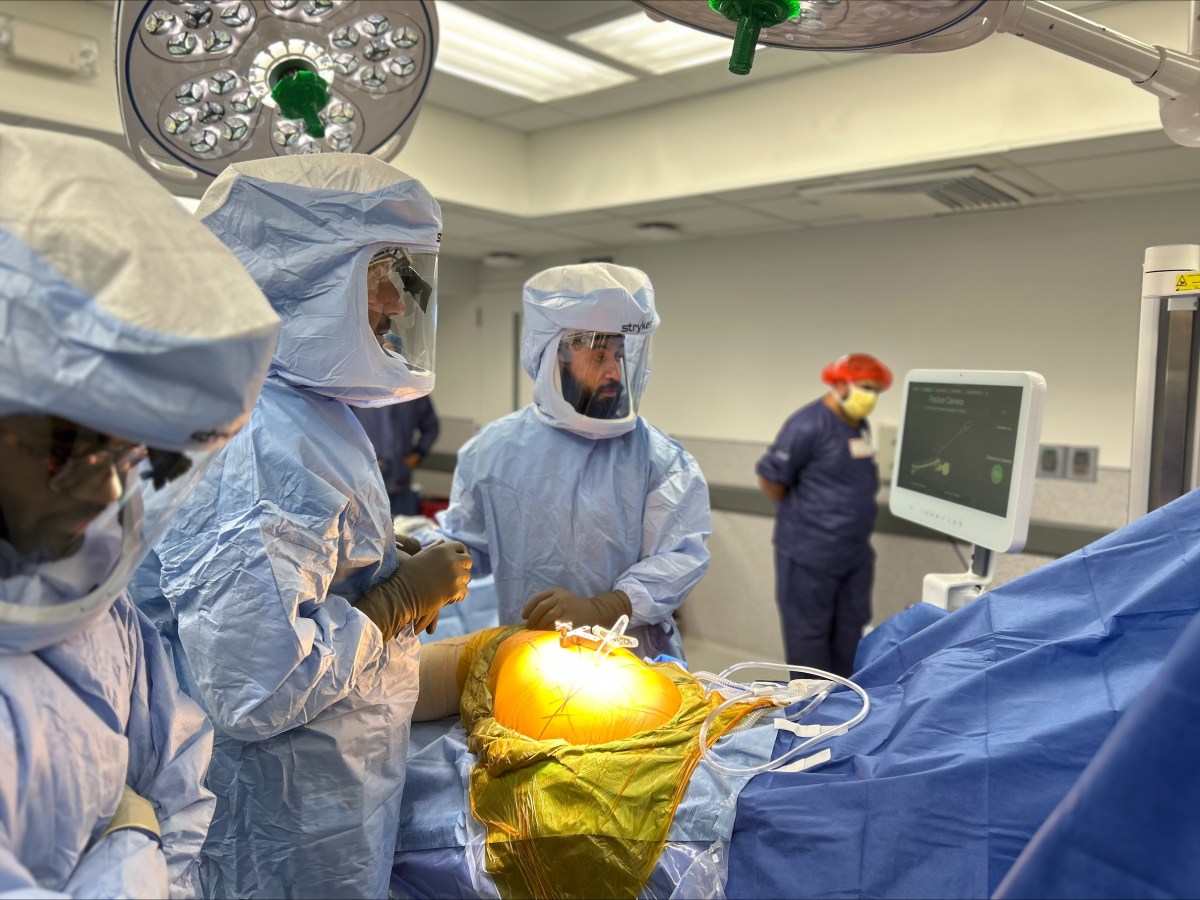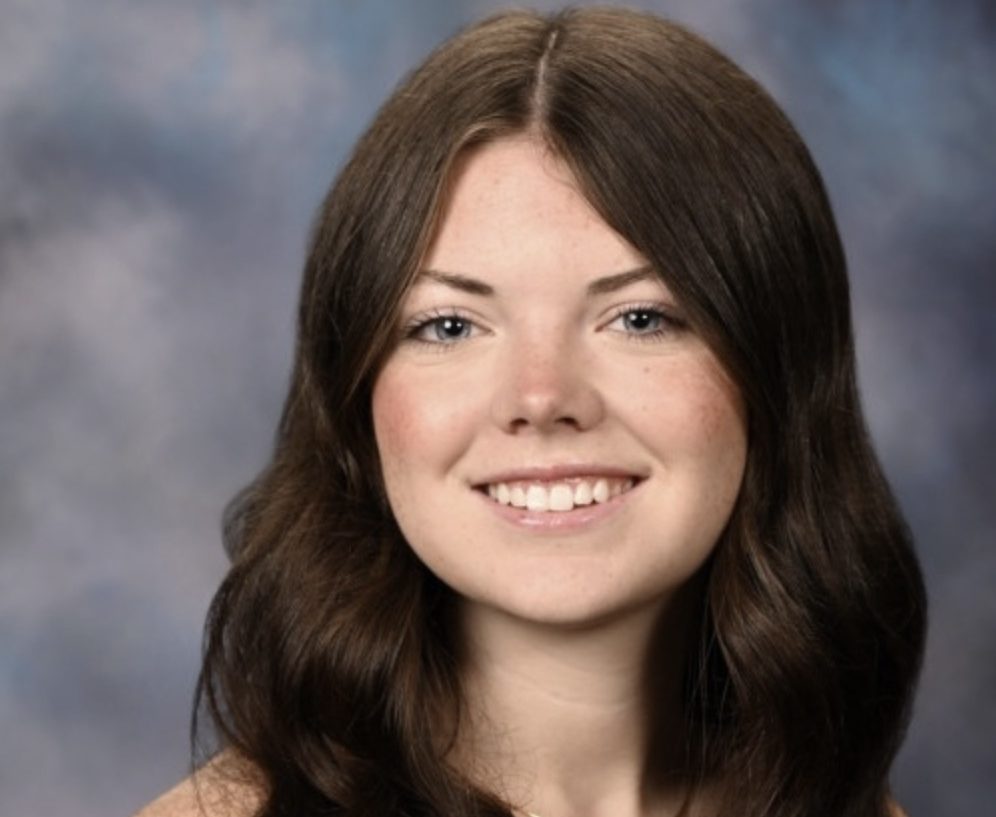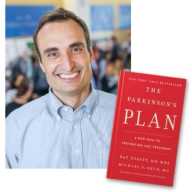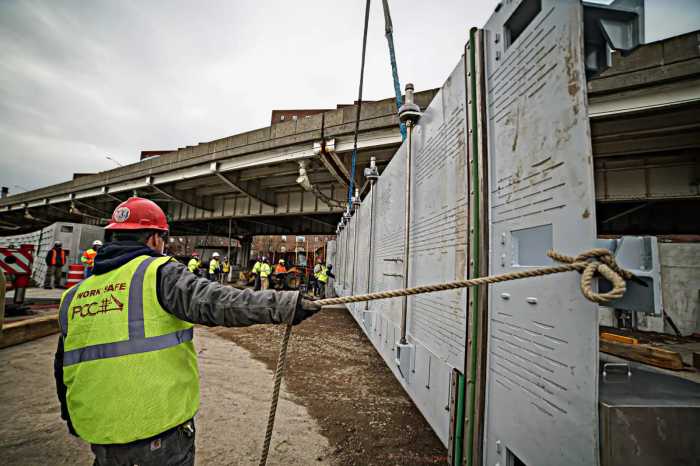Northwell has carried out the nation’s first AI-assisted hip replacement surgery.
Dorothy Martino became the first in the country to receive an AI-assisted hip replacement surgery in Northwell’s Long Island Jewish Valley Stream Hospital on May 1.
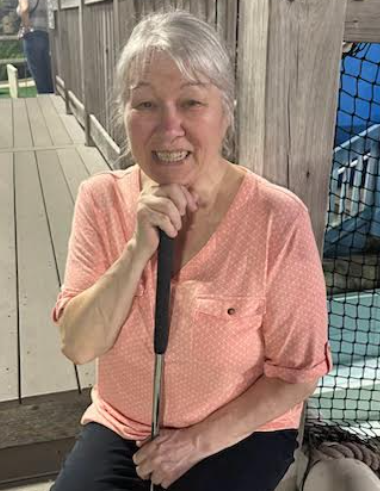
Before the operation, the Oceanside resident was diagnosed with degenerative osteoarthritis in her right hip, with a complete loss of the cartilage that led to bone-on-bone contact, causing continuous pain in her joints and back. Days before her surgery
The hospital’s chair of orthopedics, Dr. James Germano, utilized a pre-operative planning and surgical navigation AI, called ORTOMA, on the 74-year-old Long Islander’s operation.
Prior to the surgery, ORTOMA took the CT scan used for implant positioning and created a diagram and analysis for surgery planning within four minutes. That process typically requires sending the scan to another location and can take up to two weeks.
ORTOMA is a Swedish AI-specialized medical company designed to develop new orthopaedic surgical tools and practices.
Germano has been working with the company for more than two years following its collaboration with the pharmaceutical and biotechnology company Johnson & Johnson, which brought the Valley Stream doctor onto the project.
Germano worked alongside the team to offer input on how the technology could be adjusted for the American population and, in February, flew out to Sweden to watch the AI used in a hip replacement surgery.
Germano took the lessons he learned from the trip home and, following several practices on cadavers, decided to debut the practice for Martino’s surgery. Moving forward, the AI will continue to develop to suit more unique surgeries, such as patients with pre-existing conditions like obesity.
Typically, after a CT scan, a professional must sit down and review the computer model of the hip, identifying all the components that the computer doesn’t recognize. In this surgery, the AI uses its data collection to swiftly identify all the parts of the model and illustrate to the surgeon key areas to target for the implants.
The ORTOMA AI was in the surgery room, with a computer on a stand and the hip model to be used as a guide during the operation.
Germano said two ORTOMA representatives were present during the surgery to ensure no issues occurred with AI. If the AI were to make an error or the computer suddenly crashed, Germano said he would have finished the procedure normally without issue.
Martino said the surgery has drastically improved her life.
“I can say that now that after the surgery, I feel like I have a whole new life,” said Martino. “I can go out and do everything. I just came back from the Jersey Shore with mini golfing, doing things that I would never thought I’d be able to do before…So it’s been life-changing.”
Northwell’s Jewish Valley Stream hospital is not a stranger to technology’s role in medicine. The hospital is home to five robots accumulated over time for various medical purposes.
Germano has been in the world of robotics in medicine for around six years, having tried out augmented reality pre-operation practice as well as surgeries with a robotics arm. According to the surgeon, the reason he came to work with ORTOMA was due to his preference for it over all the other technologies he’s used in the past, with this AI being the most efficient, cost-effective, and least intrusive in the operating room with the aforementioned ease of setting it aside in case of an error.
“I’ve been a huge fan of technology through my entire career, I think that that’s where medicine is really heading, whether it’s robotics, AI, augmented reality, all these different pieces are being used more and more in all fields of medicine, and really in orthopedics, before surgery, during surgery, after surgery,” said Germano. “I think that technology is going to improve our patients and our outcomes overall.”

Germano said this new technology could be another tool to combat the estimated $900 billion in annual wasted healthcare spending due to factors like wasted medical supplies, inefficient spending and care coordination errors.
He said ORTOMA’s ability to cut steps and extra individuals in the surgery process could decrease healthcare spending.
“I think with the use of technology, we can focus more on improving care and decreasing waste, and that those health care dollars could be spent on better things and improving quality, as opposed to stuff that doesn’t really change the overall care,” said Germano. “That’s what my belief in technology is. My goal with learning this technology is to really improve the care and decrease costs for the system.”
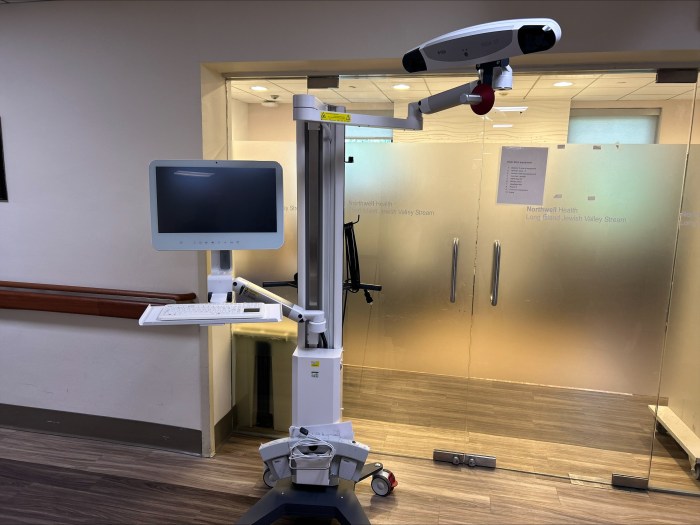
Following further adjustments to the AI, Germano has plans to teach other surgeons how to use it for surgeries, with hopes of spreading its use across the country to numerous hospitals by next year.
“As we’re learning the technology, we’re just kind of getting our feet wet a little bit, but as we get good at it, we’re going to be able to do it, be able to use it for things that we wouldn’t normally be able to do on our own, and that’s where the exciting part comes in,” said Germano.
He added that he thinks the technology can also help surgeons who are less experienced.
“When done correctly, we’ll be able to spread it out to others in the country who may not have as much experience, who may not do the same quality of job as a surgeon who does 600, 700 joint replacements a year,” Germano continued. “Maybe someone in the middle of Montana, who does 50 replacements a year, is going to be able to do as good of a job as a surgeon who’s doing hundreds, because he’s going to have that technology to help him.”
Read more: Northwell performs first triple organ transplant on Long Island
